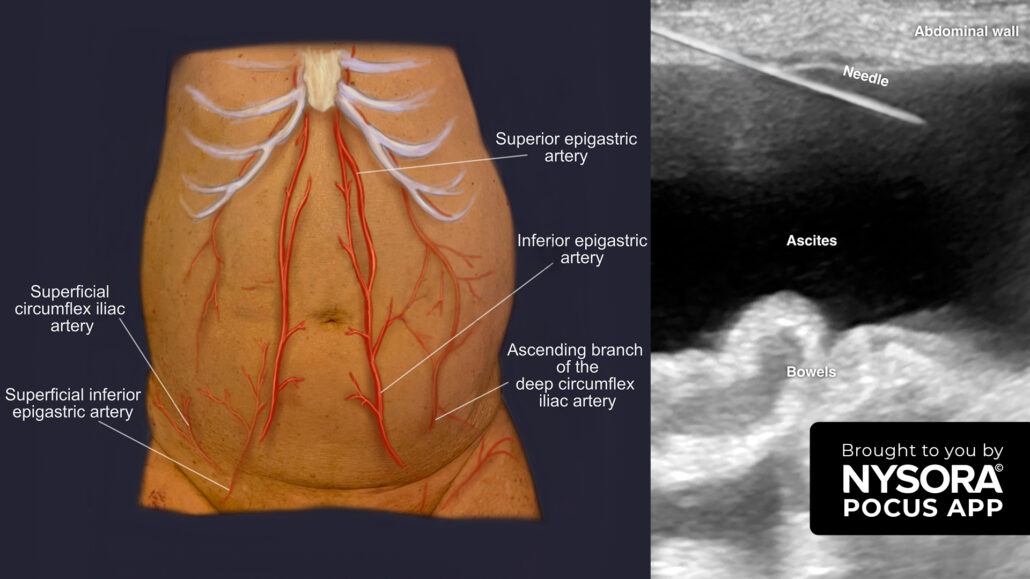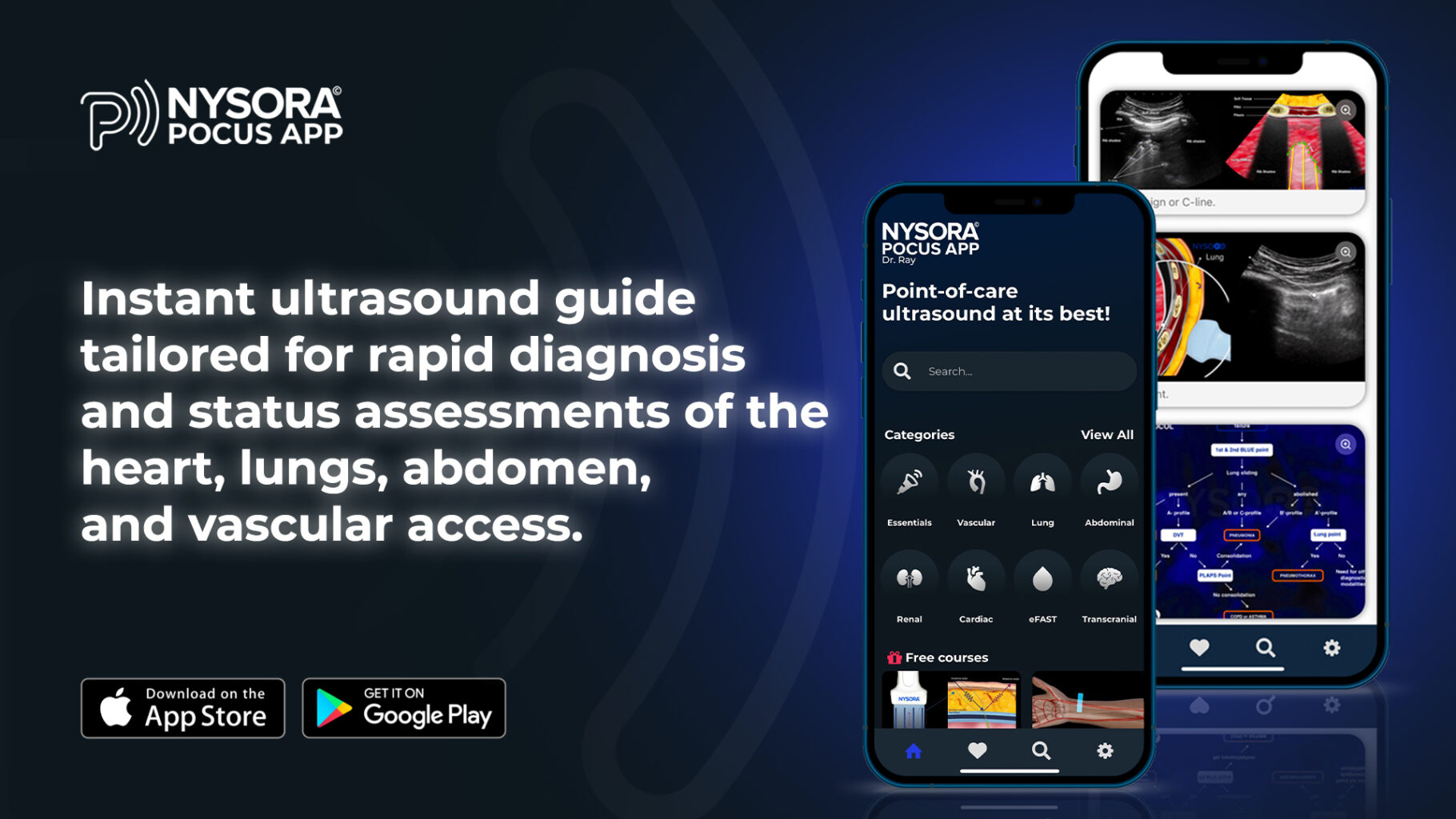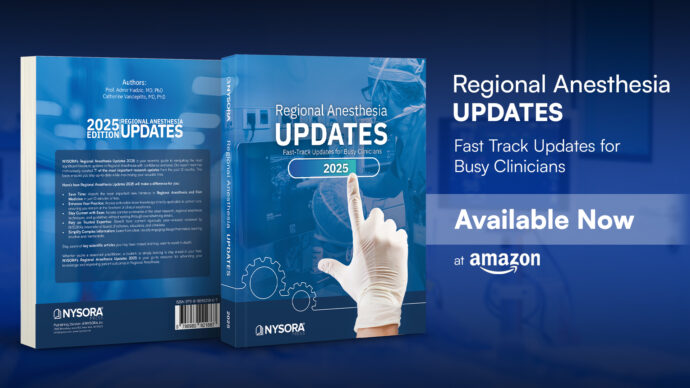
Mastering ultrasound-guided paracentesis: Essential tips for enhanced safety and accuracy
December 14, 2023
Paracentesis, a procedure to puncture and access free intraperitoneal fluid or ascites, is used for both diagnostic and therapeutic purposes. Causes of ascites include liver disease, heart disease, malignancy, kidney disease, chronic inflammation, or hypoalbuminemia. Ultrasound guidance is crucial in this procedure for site determination and needle guidance, reducing risks like vessel or bowel injury.
Here are some key tips for a successful ultrasound-guided paracentesis:
- Use a curvilinear transducer to detect free fluid presence and a linear transducer for the ultrasound-guided puncture.
- This method minimizes bleeding risks at the insertion site, puncture site infections, and abdominal wall hematomas.
- It’s essential to identify and avoid puncturing dilated veins (caput Medusa) in ascites patients.
- Locate and steer clear of the inferior epigastric artery, typically 5-6 cm lateral from the midline, using color Doppler.
- Avoid needle insertion through the suprapubic area due to the vicinity of the urinary bladder.
- Remember that visceral structures like bowels move autonomously and tend to float due to their air content. Monitor these floating structures closely during needle insertion to reduce bowel puncture risks and needle contamination.
Transform your practice with the power of POCUS using NYSORA’s POCUS App. Enhance your skills, broaden your diagnostic capabilities, and provide outstanding patient care. Experience the difference today – Download the app HERE.




